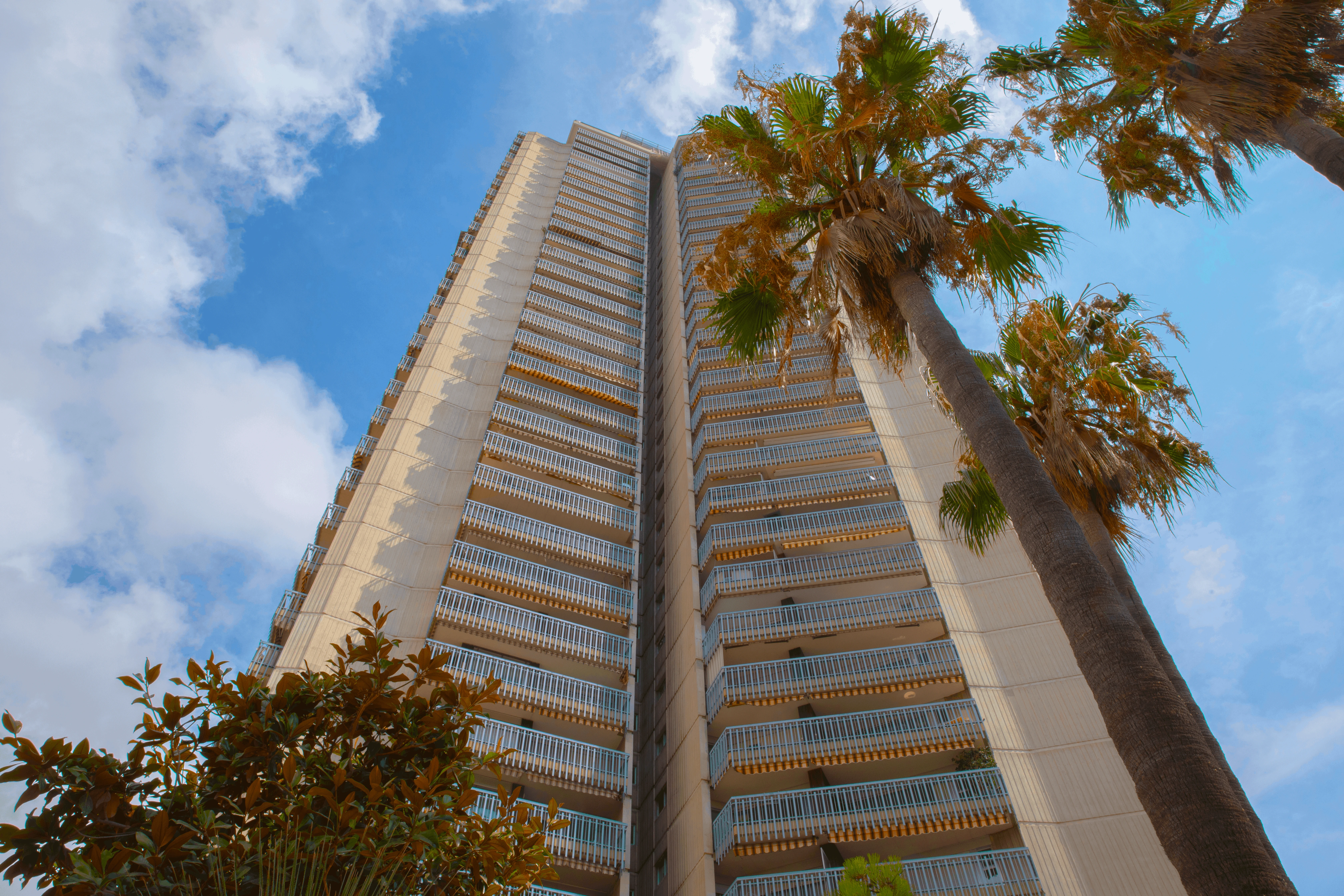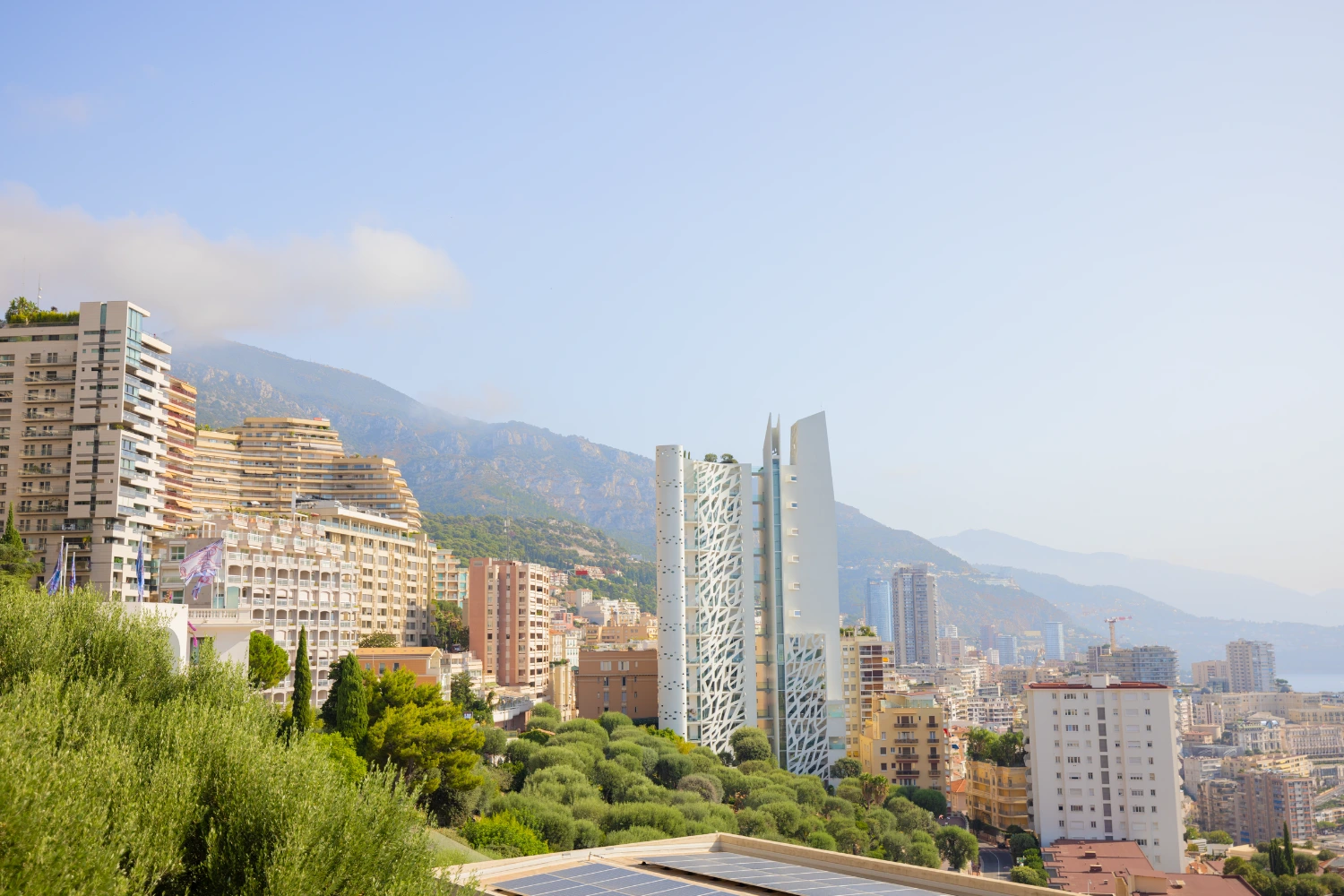
Monaco boasts a varied architectural heritage, where ancient buildings coexist with modern constructions. If the contemporary residential towers dominate the horizon more and more, Monaco keeps a great number of more ancient documents like the Millefiori which are part of its identity and cultural appeal. These buildings, often built before the advent of modern energy concerns, raise peculiar challenges in terms of sustainability.
The buildings built before the 80s have not been conceived by taking into account the current energy performance norms. They are generally much less isolated, using traditional materials and integrating heating, ventilation and cooling systems that do not answer to today’s standards. This translates into high energy consumption, resource inefficiency and, inevitably, higher greenhouse gas emissions.
The question of sustainability of these ancient buildings then becomes essential in an optic of ecological transition. Renovating these buildings without denaturing their historical charm creates a challenge that is both technical and aesthetic. The solutions must be innovative and respectful of the past while integrating modern technologies to improve energy efficiency, while guaranteeing that these buildings last.
A sustainable building, by definition, is capable of maintaining its energy performance long term while minimizing its environmental impact. For ancient constructions, this goal is not easy to obtain without exterior intervention in the form of energy renovation. Most current problems includes:
To identify ancient building’s energy weaknesses, the EPD is an essential tool. This diagnosis, mandatory in a lot of European countries, makes it possible to evaluate the energy consumption of a building as well as its environmental impact, by allocating a grade from A (very performant) to G (energy-hungry).
The EPD analyses multiple critical aspects of ancient buildings. It measures the efficiency of the thermal insulation of the walls, roofs and floors, while evaluating the ventilation, crucial to maintain a healthy air and preserve the integrity of the building.The heating and hot water production systems, often energy-hungry, are also examined. Finally, the openings, such as windows and doors, responsible for 10 to 15 % of thermal losses, are verified for their quality and tightness.
For owners of ancient buildings, the EPD serves as a precious guide in order to plan energy improvements. It enables to calculate the economic savings and to estimate the necessary investments to obtain a better energy performance. In Monaco, where the competitiveness of the real estate market is high, a good EPD grade can significantly enhance the value of a property.
The EPD calculation starts with collecting data on the building’s characteristics. This includes information on the materials used, such as isolation, the nature of the walls, roofs, windows and doors. Moreover, the heating, cooling and hot water production systems are taken into account. Their type, efficiency, age and power are evaluated. The ventilation, whether it is natural or mechanical, also plays a crucial role in this evaluation.
Once all the technical data is collected, the calculation of energy consumption is done through the 3CL method, which means "Calculating conventional housing consumption".
This method makes it possible to estimate the energy consumption of a building in kWh by meter square and by year, based on standardised climatic date. The needs in heating, cooling and hot water are then evaluated according to the living area and the location of the building.
Multiple factors influence this calculation, such as the orientation of the building and its sun exposition, as well as its climate area. By example, a building located in the south of France will not have the same energy needs as a building located in the north. The performances of the heating, hot water production and ventilation equipment are also integrated in the global calculation.
The energy renovation of old buildings in Monaco is a major issue to ensure the Principality’s durability, both on the ecological and economical subject.
The EPD allows you to identify the priorities and to plan targeted informations to improve the energy efficiency of existing structures. By investing in the modernisation of old infrastructures, Monaco can not only reduce its carbon footprint, but also guarantee a comfortable and durable lifestyle for its residents. Moreover, these actions contribute to the valorization of real estate heritage, while reinforcing the Principality's international appeal and its engagement for a future more respectful of the environment.
Keep up to date with all the latest news from Monaco on our social networks : Instagram, TikTok and Linkedin. You'll find exclusive information and regular updates.
At the same time, our new-generation real estate portal gives you direct access to all the key information you need to buy or rent in Monaco, in collaboration with our partner agencies.

In the next few years, Monaco aims to become a mecca for "proptech" innovation. Throwback on this dynamic and the technological challenges it is raising in the Principality.

As 2026 approaches, Monaco confirms its status as the world’s most exclusive real estate market, characterized by structural property scarcity and sustained international demand. With only 2 km² of territory,...

Investing in Monaco is not given to anyone. The minimum ticket to enter excludes a large part of classic real estate investors. Nevertheless, buying in the Principality almost always equals a good investment....

This site is protected by reCAPTCHA and the Google Privacy Policy and Terms of Service apply.